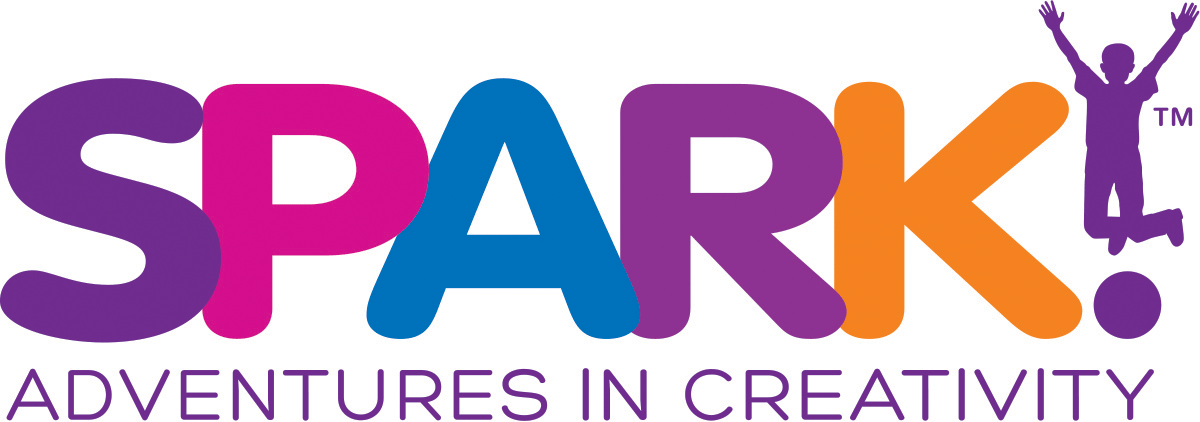Mission: To ignite the spark of creativity inherent in all children
Objective: To measure the impact of SPARK! creative programming on a child’s perception of themselves as creative problem solvers. The study examined the need for students to be exposed to creative programming during their educational years.
Methodology: This study looked at the steps of Inspiration, Collaboration, Iteration and Innovation by collapsing three different survey question stems into one comprehensive document. Students were given a pre and post instrument and were measured in two groups: short-term exposure – (students receiving one week of continuous creative programming) and long-term exposure (students receiving multiple engagements over one year).
Demographics: The population for this study included beginning to middle aged school children from low-income homes in Dallas County, Texas.
Findings: Approximately 60% of student participants demonstrated perceived improvement on their self-perception as creative. Differences were found for students who received programming at SPARK! and their perception of creativity. The short experimental group represented strength when looking at the notion of imagination. Responsively, the long experimental group demonstrated consistent and steady improvement in students receiving programming. Students who come from educational institutions with the focus on daily inquiry do indeed outperform their peers in the area of creative perception.
The increase represents the need for teachers to be exposed to training methodologies that embrace the SPARK! creative process of: Inspiration, Collaboration, Iteration and Innovation. The need for intentional acts that aid in development of creativity should be frequent and ongoing for youth. SPARK! is a prominent forerunner in creative development for students.

